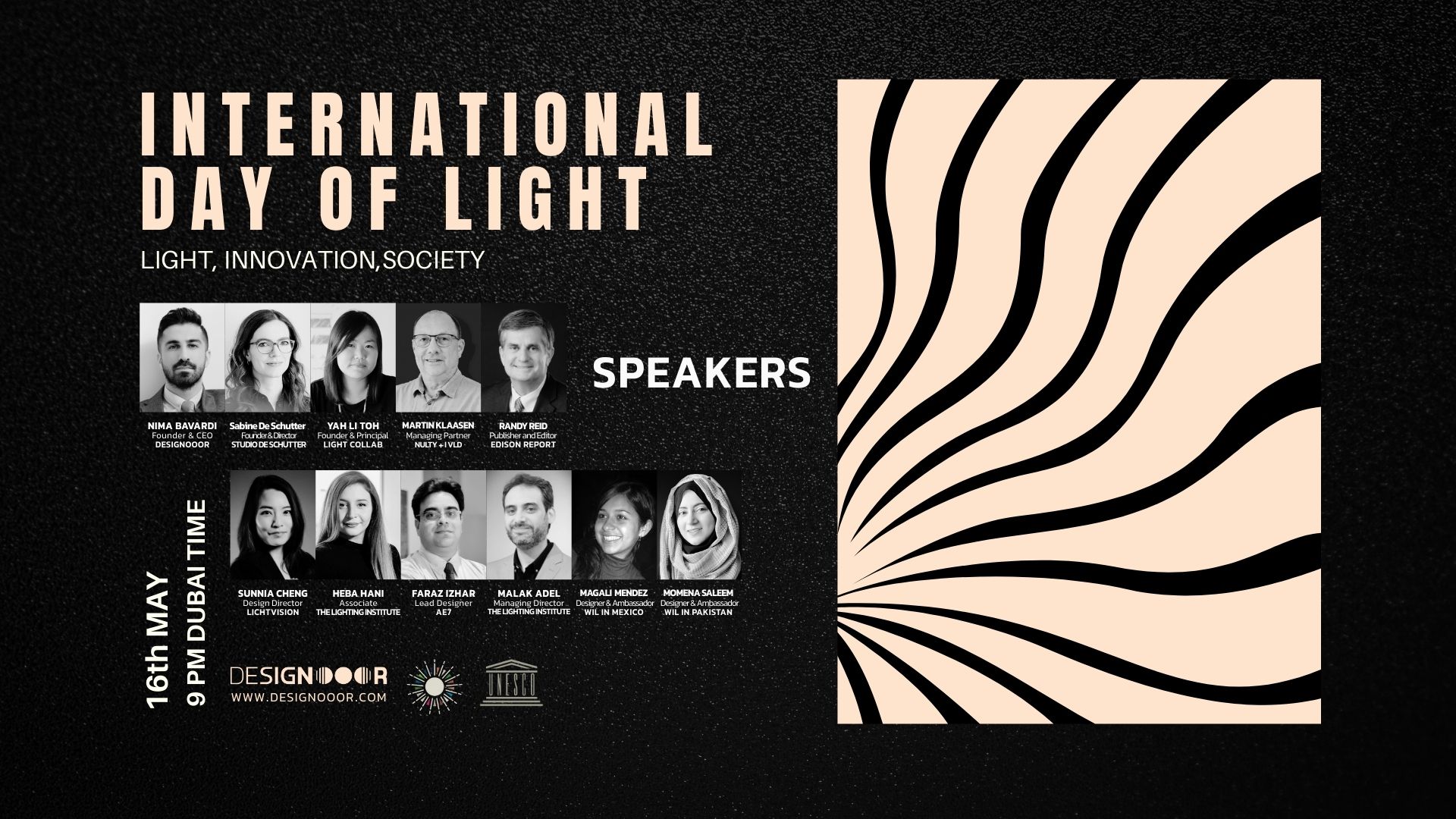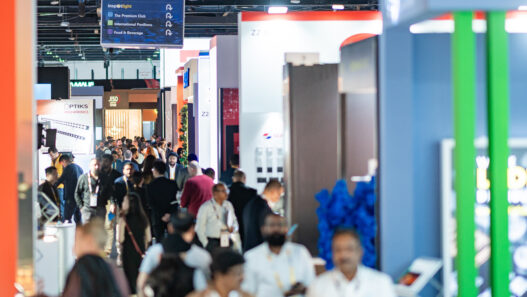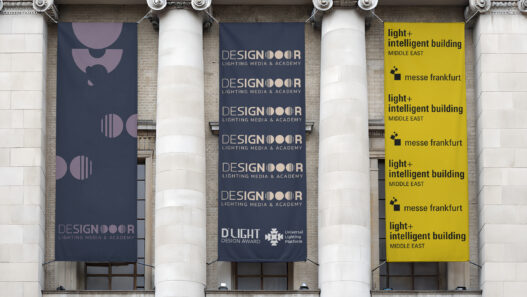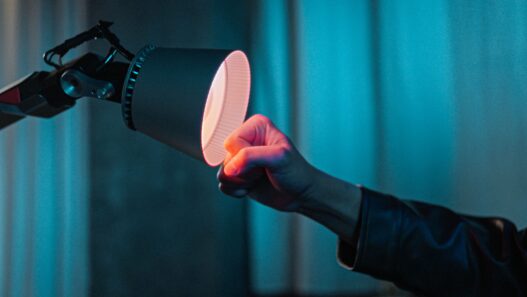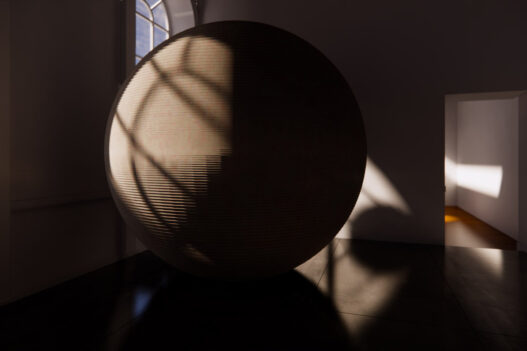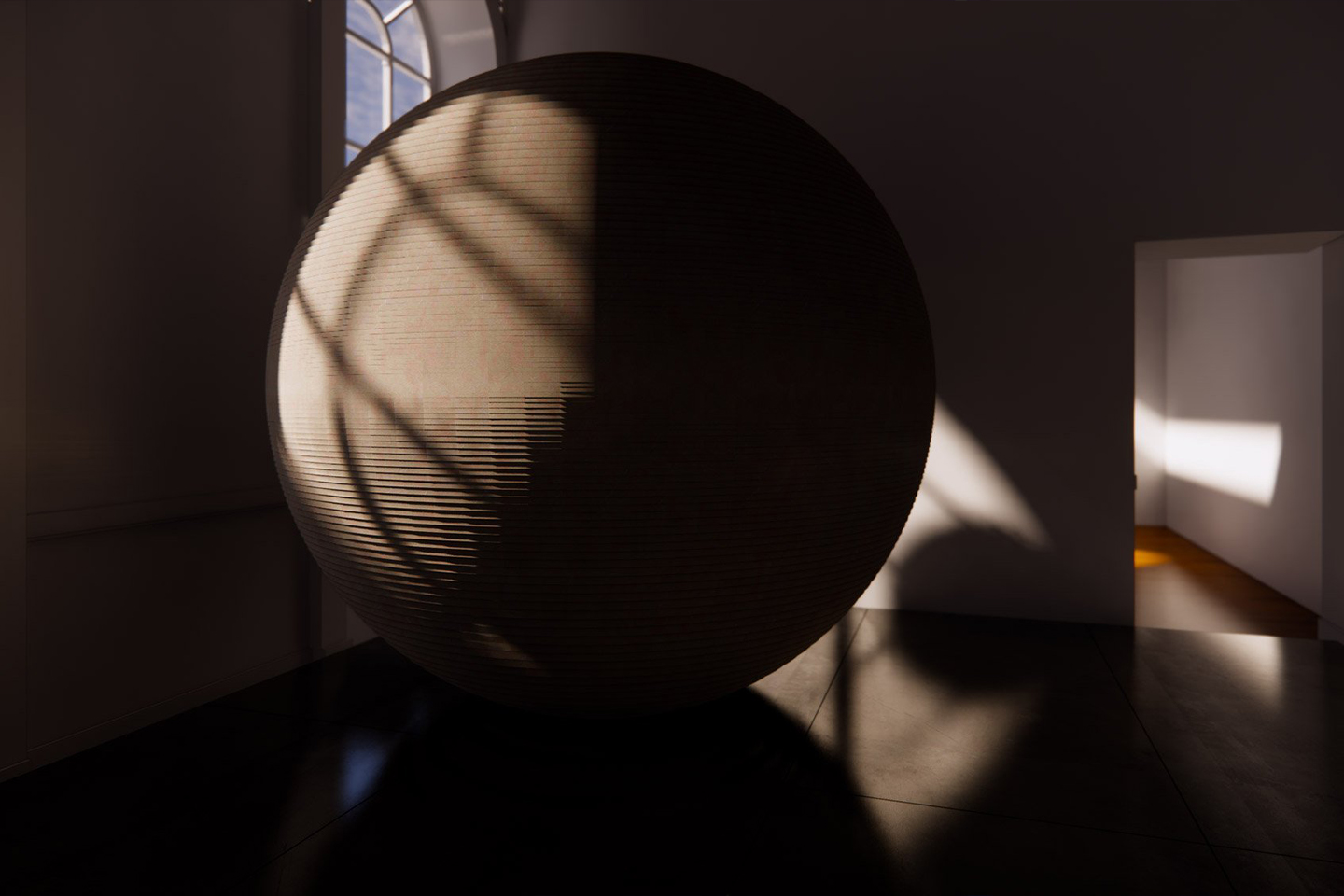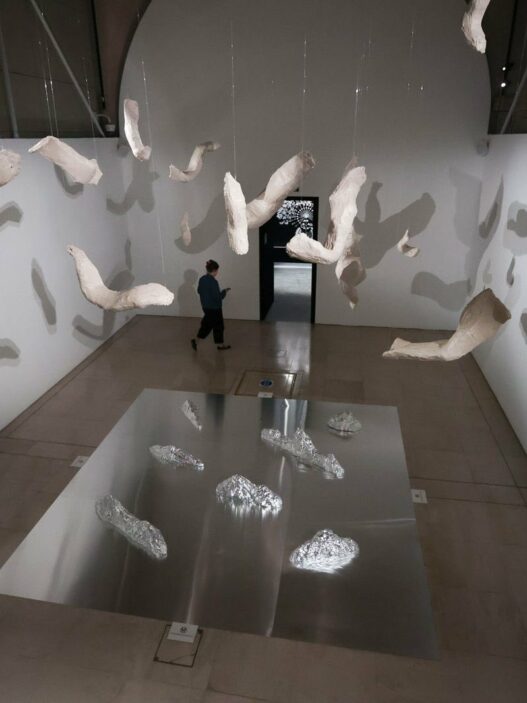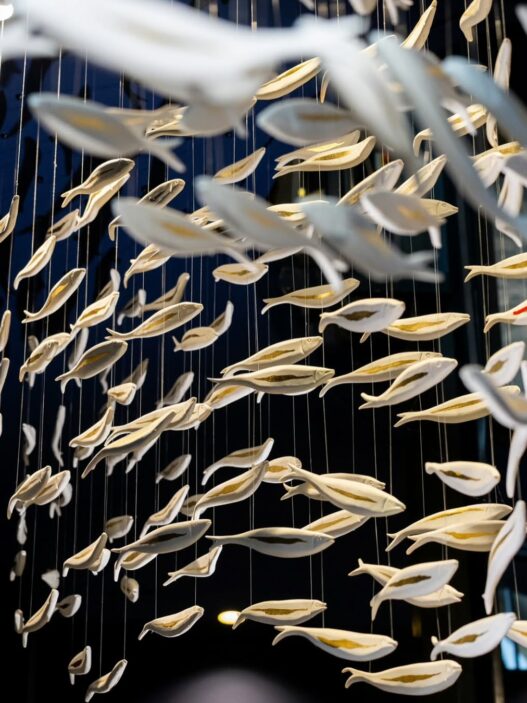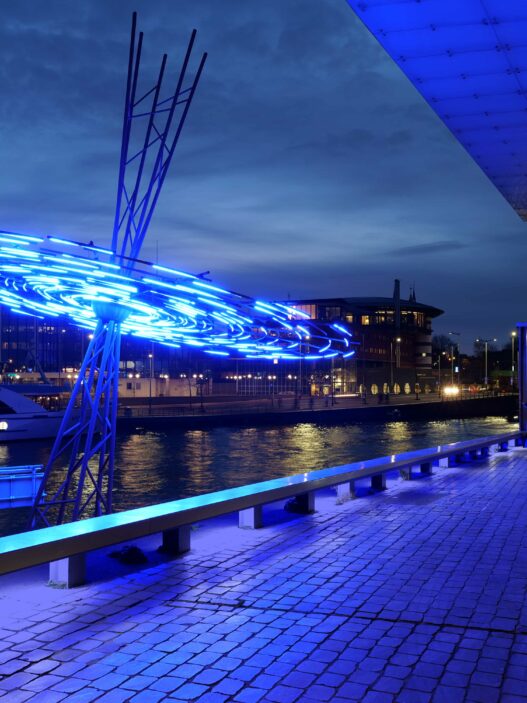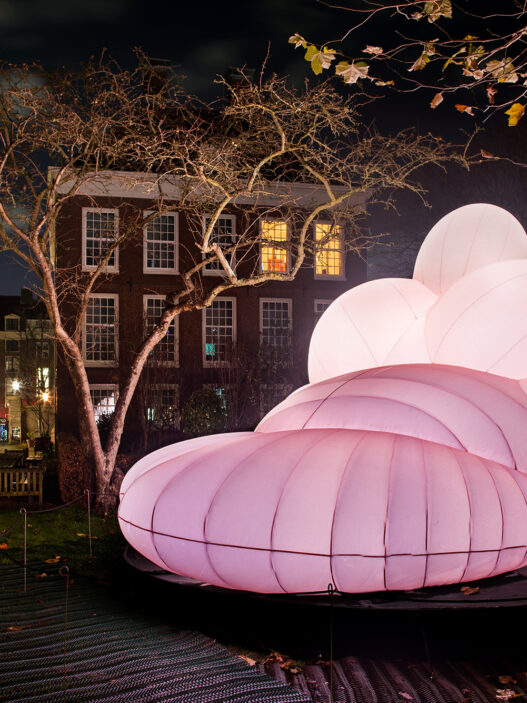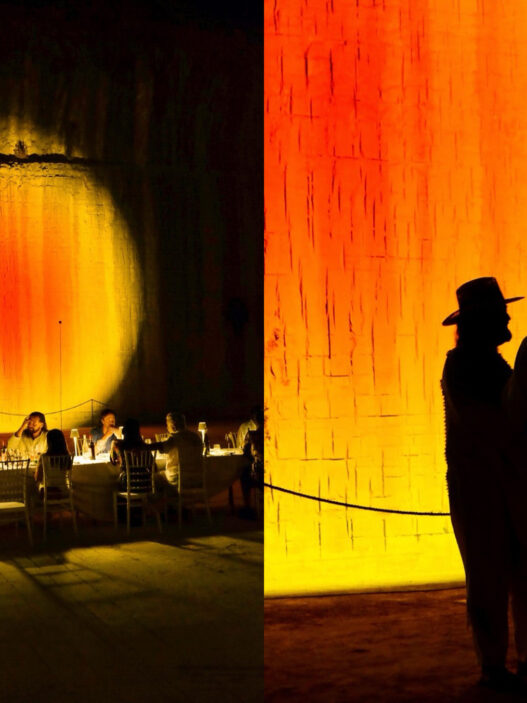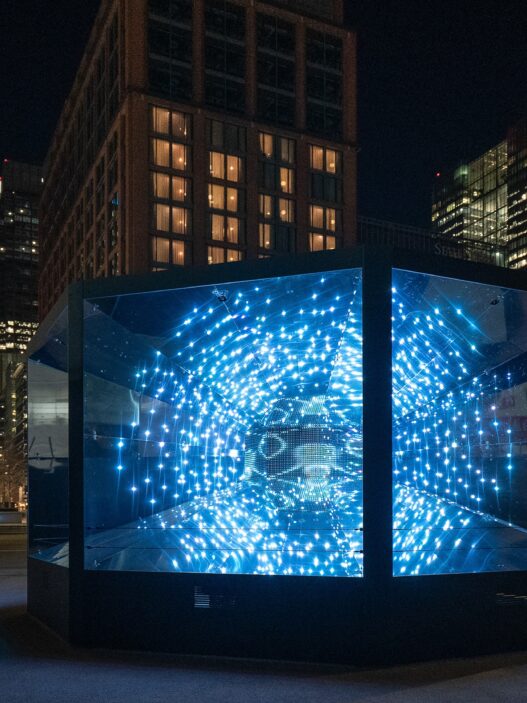URNA: Malta Pavilion Award Winning Installation
The URNA installation in Malta is based on a gigantic limestone sphere strata of which are etched with rings; softer lights are used to bring out the texture of the sphere as well as create a sole state of contemplation as regards death and memory.
The URNA created by the Malta Pavilion is a good example of the effectiveness of selective lighting and material creation of the deep emotional response. The recipient of the London Design Biennale Medal (the most prestigious award of the event), URNA is a huge 2.4 m sphere made of reconstituted Maltese limestone dust – an environmentally sound material that would both represent the culture and suggest new designs.
Ideally, URNA is a reinvention of the process of commemorating the dead following the recent legalization of cremation in Malta and suggests a community ceremony instead of individual urns.
The surface of the sphere is comprised of dozens of sedimentary rings, and they each, “represent a single soul–the result of sedimentary action of Maltese stone”.
Such three-dimensional geometry is both symbolic and pretty much an aesthetic element which the lighting design of the pavilion brilliantly translated into reality.
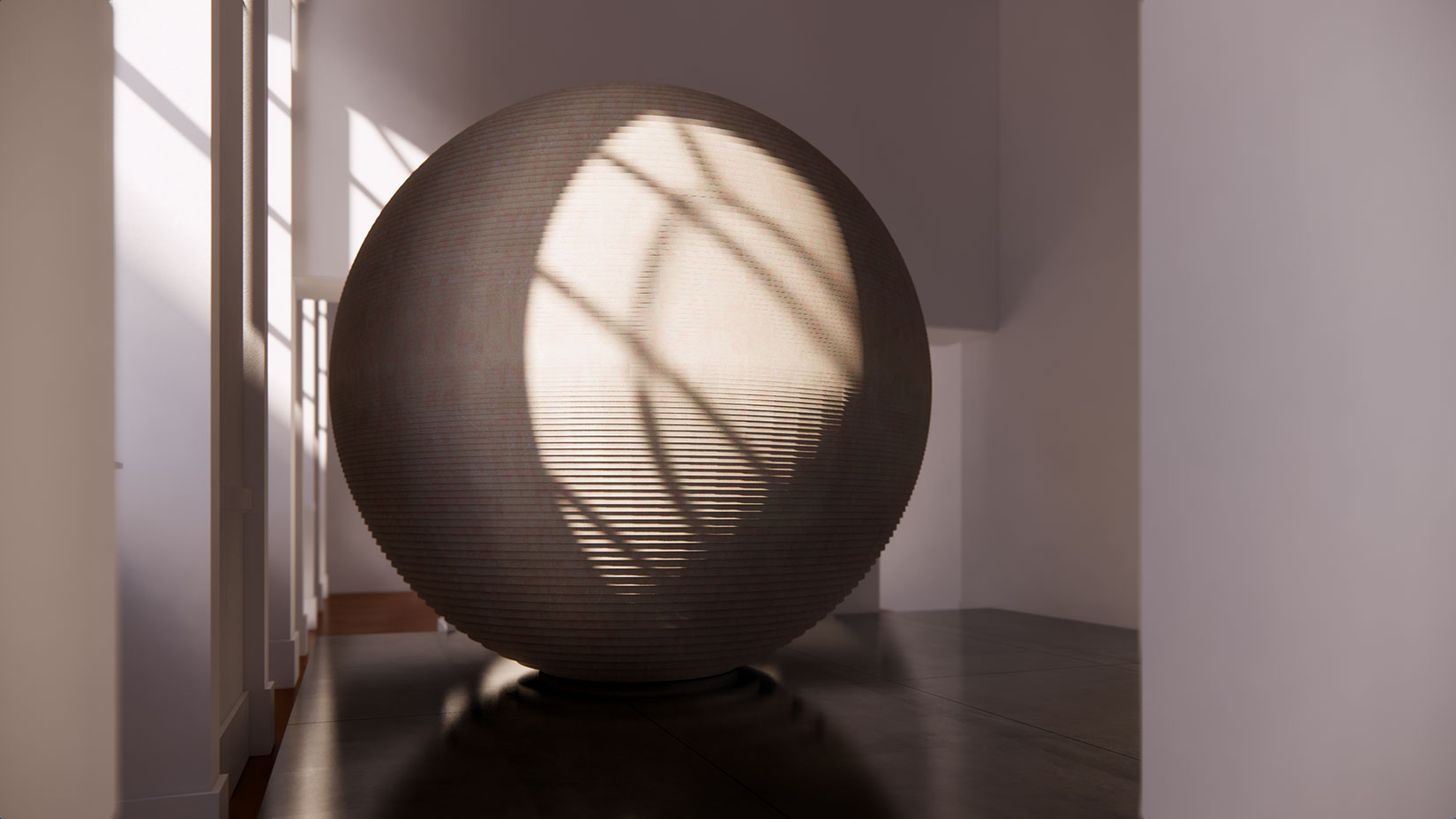
Visually, the installation of URNA was silent, pensive and solemn claiming its light topic. The room setting of the gallery was very dim and this created concentration on the limestone sphere as a shimmering centerpiece. Light radiant soft wash was pouring above the pale surface of the stone creating a diffused illumination with the lighting of the concentric plate on the surface and without glare. The soft shadows caused by the feather-like grazing of the sphere on the grooves between the layers made the patterns of rings clear and suggestive, one would feel like being able to read the patterns of the souls surrounding the figure. The lighting style was technically restrained: concealed devices (probably LED spots or track lights) offered a duvet of constant, candle-coloured radiance, and enhanced a temple-like environment. No explicit shade shifting or motion was done in the lighting of URNA but there was tension and stability which permitted guests to obtain the spiritual weight of the thing. The more modest lighting conditions also made sure not to have to compete with the film (projected over there and as part of the pavilion) and so the flickering image provided a faint background glow instead. On the whole it was meant to cause viewers to consider the cycles of life,- of memory and renewal, and attempted to associate light with the richer themes of URNA.
In physical space, the audience was able to circle the spheres, as the shadows of the audience interpenetrated with the light halo, as the audience exchanged a very personal discourse with the work. The experience was described by many as peaceful and emotional one; an exemplification of how designs can be employed in lighting and not necessarily in domineering mainstream but in something more appealing to the soul. Concluding, the London Design Biennale 2025 has shown that lighting was a part of the modern design narrative. Light was presented as a material, in its own right, both in luxurious sensational lightscapes that surrounded the viewer, who became a participant in a performance, and as hushed on a memorial sculpture. It influenced the atmosphere of whole spaces, emphasized the haptic nature of design items and increased the emotional reactions. To the lighting designers and enthusiasts, the Biennale was an endless source of inspiration – how technical means of lighting a space (sensors, responsive LEDs, projection mapping) and artisanal sensitivity to tone, focus, shadowplay can merge to generate meaning. The most effective design exhibitions were not just laying out objects in the lights as with URNA and other outstanding installations utilized light itself to involve and to illuminate.
Designers: Anthony Bonnici, Thomas Mifsud, Tanil Raif
Prize: London Design Biennale 2025 Winning Installation
